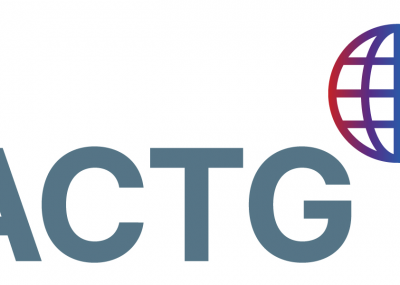Almost 25 years since antiretroviral therapy (ART) was first shown to prevent mother-to-child transmission of HIV, 76% of pregnant women living with HIV (over 1 million women) receive ART annually. This number is the result of successes in universal ART scale-up in low-income and middle-income countries. Despite unprecedented ART-related benefits to maternal and child health, challenges remain related to ART adherence, retention in care, and unequal access to ART. Implementation research is ongoing to understand and to address obstacles that lead to loss to follow-up. The biological mechanisms that underlie observed associations between antenatal ART and adverse outcomes in pregnancy and birth are not completely understood, with further research needed as well as strengthening of the systems to assess safety of antiretroviral drugs for the mother and HIV-exposed child. In the treat-all era, as duration of treatment and options for ART expand, pregnant women will remain a priority population for treatment optimisation to promote their health and that of their ART-exposed children.
Publications Date
Journal
Lancet HIV
PMID
29958853
DOI
10.1016/S2352-3018(18)30059-6
Abstract




